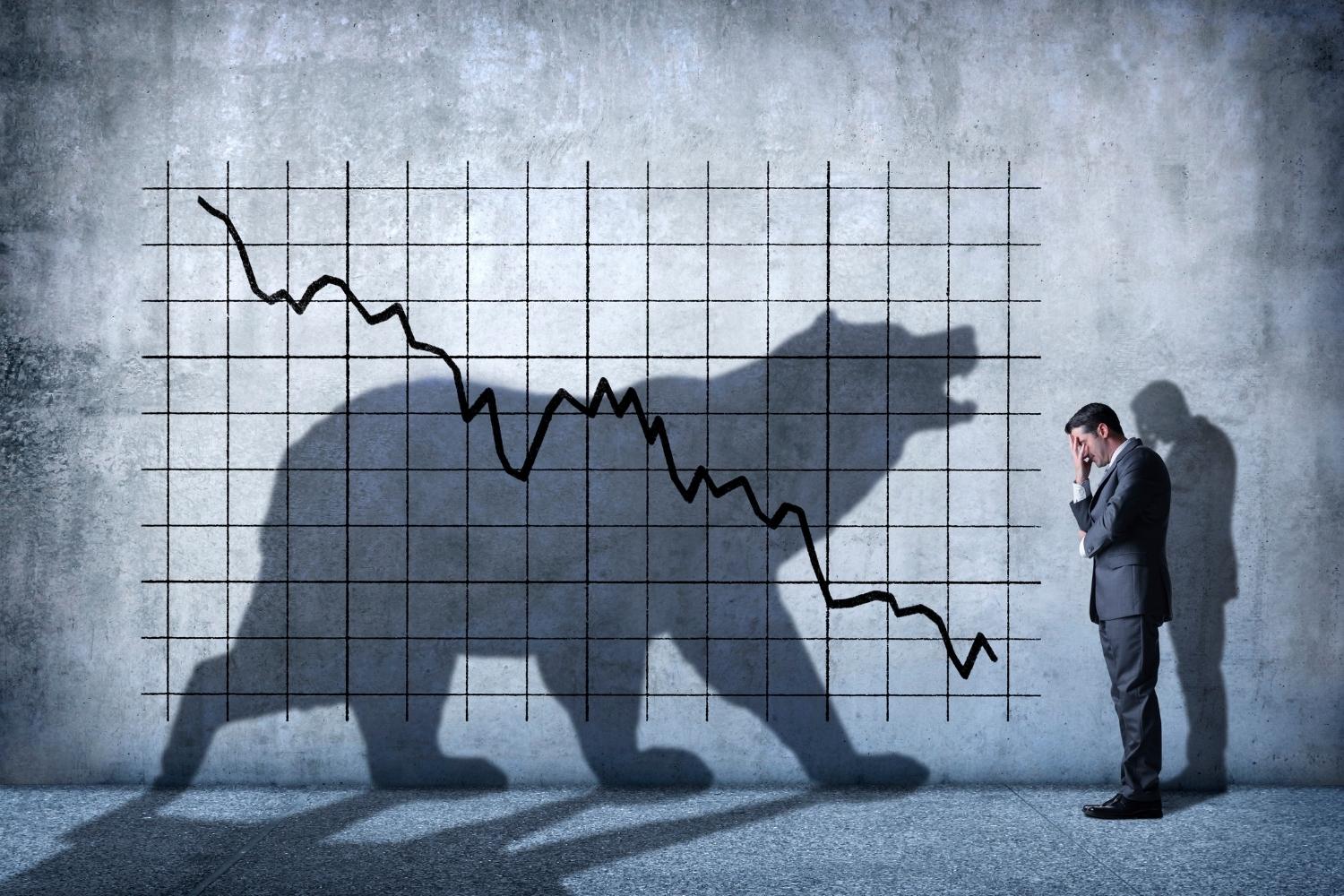
The bear market is officially here and share portfolios around the world are only just beginning to plunge into the red – learn how to cut your losses like a pro with investment manager James Whelan.
No one ever wants to sell at a loss, but with the way things are going in global markets right now, losing money is a brutal reality that many investors are about to face.
As conflict rages on in Ukraine and central banks double down on interest rate hikes to subdue surging inflation — Wall St. has declared that the dreaded “bear market” is officially upon us and there’s a good chance it’s here to stay…
So, in the face of a stock market that looks set to decline for the foreseeable future, how can investors hope to minimise their losses and save as much money as possible?
To answer this burning question DMARGE spoke to James Whelan, a financial expert and investment manager at VFS Group.
When should you sell?
James kicked things off by saying that investors should only ever sell if something major has shifted in the fundamentals of the shares they own.
“I’ve got a saying with selling that you only need to sell if the narrative has changed or something has fundamentally changed in the stock. If you bought a [stock] because you saw growth numbers were going to stay consistent and now because the world (the narrative) has changed then there’s not the same reason for holding that [stock].”
“If you own a graphite stock and for some reason the world will stop using graphite then there’s your answer. If, however, the stock is the same and the narrative is the same and the only thing that’s changed is the price then maybe put your big boy pants on and buy some more.”
“That being said, please don’t delude yourself on the growth numbers of some tech stocks. They were driven by duct tape, unicorn farts and a shed load of good will.”

What’s the difference between retail selling and institutional selling?
When asked whether or not retail investors should look to big institutions for guidance on selling, James said that investors need to remember that “time frame” is everything.
“Institutions usually have a set framework for buying and selling stocks that revolves around time frame. Everyone forgets time frame. A bunch of gassed up hedge fund bandits will flick stocks around like tic tacs. They don’t care because they’re only in it for the short term.”
“Longer term value guys will sit on a loss for a decade as long as the rest of [their portfolio] is helping ease the pain. If you can get 6/10 calls right then you’re a great investor, but it’s all about time frame.”
What about tax-loss harvesting?
With tax time just around the corner up, many investors are wondering whether now is the ideal time to cut the losers loose and do some good ol’ tax-loss harvesting.
James re-emphasised the importance of not panic selling because of a temporary change in price. While he pointed out that he doesn’t advise on tax issues, James added that selling at a loss to claim an “offset” against future gains can be a good idea, but once again, it ultimately depends on the financial circumstances of each investor.
Final thoughts
Offering up some timeless advice, James recommended the following quick tips to investors that are looking to minimise upcoming damage and cut their losses like a pro.
“Using leverage is for the short termers. If you want to invest knowing your portfolio could get wiped out overnight when the only thing that’s changed is the price then you’re gonna have a bad time.”
“For the value investors: check timeframes, check the narrative, check that the stock is still where it needs to be. Buy more or sell it. Then turn off your damn computer and go outside.”
Read Next
- 3 Best ASX Shares To Buy [June 2022]
- Good News For Crypto! Why It Might Be Smart To Play The Long Game
The post Finance Expert Reveals How To Cut Your Losses Like A Pro appeared first on DMARGE.


0 Commentaires